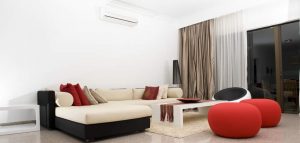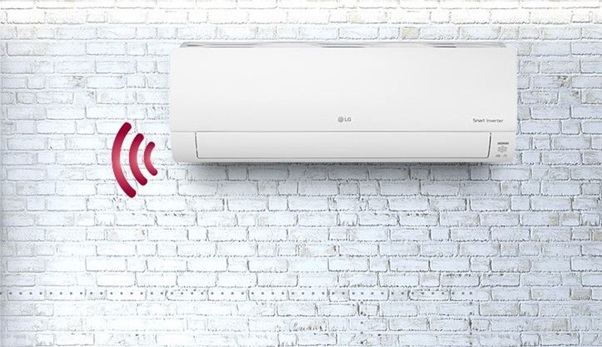How Big a Room Will a 2.5 KW Air Conditioner Cool?
Introduction
When it comes to staying comfortable during the scorching heat of summer, air conditioners are a popular choice for many households. Among the various types of air conditioners available, the 2.5 KW (Kilowatt) model is a common choice due to its energy efficiency and cooling capacity. If you are considering purchasing a 2.5 KW air conditioner, it’s essential to understand the factors that determine the size of the room it can effectively cool. In this article, we will delve into the specifics and provide you with the information you need to make an informed decision for your cooling needs.
Understanding Air Conditioner Cooling Capacity
Before we delve into the room size a 2.5 KW air conditioner can cool, it’s important to understand how air conditioner cooling capacity is measured. The cooling capacity of an air conditioner is typically measured in British Thermal Units (BTUs) per hour. One BTU is equivalent to the amount of heat required to raise the temperature of one pound of water by one degree Fahrenheit. A 2.5 KW air conditioner translates to approximately 8,500 BTUs per hour.
Factors Affecting Cooling Capacity
The cooling capacity of an air conditioner depends on several factors, and it’s crucial to consider them while determining the appropriate room size for a 2.5 KW unit.

1. Room Size
The size of the room is one of the most critical factors in determining the cooling capacity needed. Larger rooms will require air conditioners with higher BTU ratings to cool effectively. On the other hand, smaller rooms will require lower BTU ratings.
2. Insulation
The level of insulation in the room plays a significant role in its cooling efficiency. Well-insulated rooms can retain cool air better, reducing the workload on the air conditioner. In contrast, poorly insulated rooms may experience heat seepage, leading to increased cooling demands.
3. Sunlight and Shade
The amount of sunlight a room receives and its exposure to shade can impact the cooling requirements. Sunlight increases the heat load, making the room warmer, while shade helps to keep the room cooler.
4. Number of Occupants
The number of people occupying the room contributes to the heat load. A room with more occupants will generate additional heat, requiring a higher cooling capacity to maintain a comfortable temperature.
5. Heat-Producing Appliances
The presence of heat-producing appliances, such as ovens, computers, and lighting, can increase the heat load in the room, affecting the cooling capacity required.
Calculating the Ideal Room Size
To calculate the ideal room size that a 2.5 KW air conditioner can cool, we need to consider the cooling capacity in relation to the factors mentioned above. As a general rule of thumb, you can use the following formula:
Ideal Room Size (in square feet) = Cooling Capacity (in BTUs) / 20
For a 2.5 KW air conditioner with approximately 8,500 BTUs, the ideal room size it can cool would be:

Ideal Room Size = 8,500 BTUs / 20 = 425 square feet
Additional Tips for Efficient Cooling
While the ideal room size calculation provides a rough estimate, it’s essential to consider some additional tips to ensure efficient cooling:
1. Optimal Thermostat Settings
Set the air conditioner thermostat to an optimal temperature to avoid overworking the unit. A temperature between 24 to 26 degrees Celsius (75 to 78 degrees Fahrenheit) is usually comfortable for most individuals.
2. Regular Maintenance
Keep the air conditioner well-maintained by regularly cleaning the filters and coils. Clogged filters can reduce cooling efficiency and increase energy consumption.
3. Proper Installation
Ensure that the air conditioner is installed correctly to prevent any air leaks that may reduce its efficiency. https://jbqualityairconditioning.com.au/
4. Use Fans
Consider using fans in conjunction with the air conditioner to help distribute cool air more effectively throughout the room.
Conclusion
In conclusion, a 2.5 KW air conditioner with a cooling capacity of approximately 8,500 BTUs can effectively cool a room of around 425 square feet. However, it is essential to consider factors like room size, insulation, sunlight exposure, the number of occupants, and heat-producing appliances to optimize cooling efficiency. By understanding these factors and following the additional tips for efficient cooling, you can create a comfortable and cool environment to beat the summer heat. Always refer to the manufacturer’s guidelines and consult with an HVAC professional for more specific recommendations tailored to your unique cooling needs. Stay cool and enjoy the summer!


